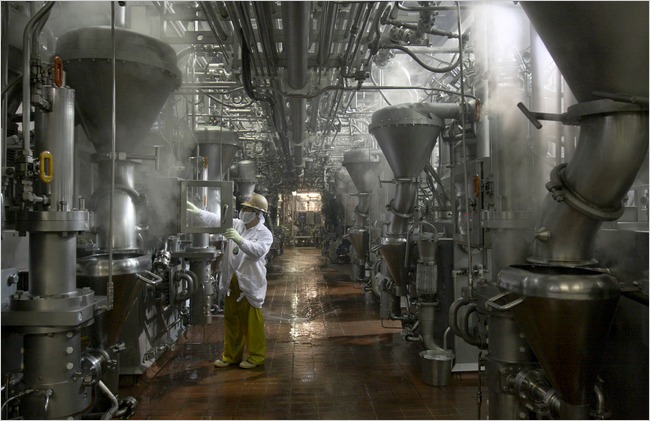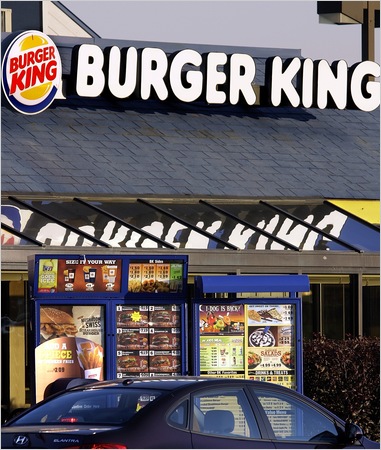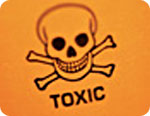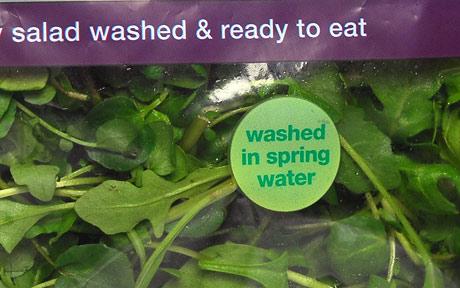– The antibiotics that could kill you (CNN, April 22, 2014):
Editor’s note: Dr. Martin J. Blaser is the Singer Professor of Medicine and director of the Human Microbiome Program at New York University. He was previously the president of the Infectious Diseases Society of America and is the author of a new book, “Missing Microbes: How the Overuse of Antibiotics is Fueling Our Modern Plagues” (Henry Holt). The opinions expressed in this commentary are solely those of the author.
(CNN) — In 2010, Americans were prescribed 258 million courses of antibiotics, a rate of 833 per thousand people. Such massive usage, billions of doses, has been going on year after year.
We have few clues about the consequences of our cumulative exposures. We do know that widespread antibiotic treatments make us more susceptible to invaders by selecting for resistant bacteria.
These risks are now well-known, but I want to lay out a new concern: that antibiotic use over the years has been depleting the pool of our friendly bacteria — in each of us — and this is lowering our resistance to infections. In today’s hyperconnected globe, that means that we are at high risk of future plagues that could spread without natural boundaries from person to person and that we could not stop. I call this “antibiotic winter.”
To explain: In the early 1950’s, scientists conducted experiments to determine whether our resident microbes — the huge number of bacteria that live in and on our bodies, now called our “microbiome” — help in fending off invading bacteria. They fed mice a species of a typical invader, disease-causing salmonella. It took about 100,000 organisms to infect half of the normal mice. But when they first gave mice an antibiotic, which kills both good and bad bacteria, and then several days later gave them salmonella, it took only three organisms to infect them. This isn’t a 10 or 20% difference; it’s a 30,000-fold difference.







